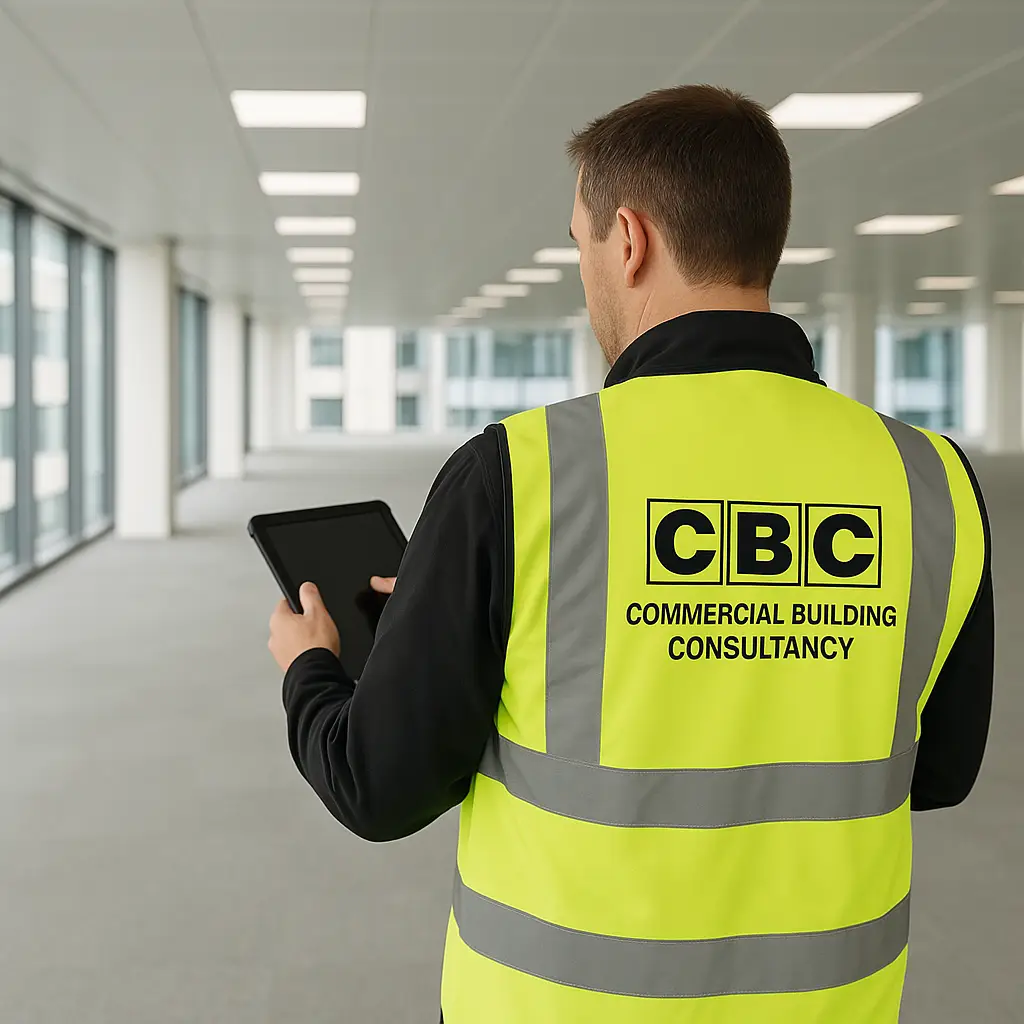As landlords of commercial properties, ensuring the protection of your investment and fostering good relationships with tenants are paramount. One of the key tools in achieving these goals is the Schedule of Condition (SoC) survey. This guide aims to provide a comprehensive understanding of what an SoC survey entails, its benefits, and how it can be effectively utilised.
What is a Schedule of Condition Survey?
A Schedule of Condition survey is a detailed inspection and recording of the condition of a property at a specific point in time. This is typically conducted before the commencement of a lease or a construction project. The survey documents the state of various elements of the property, including structural elements, finishes, fixtures, and fittings. The findings are usually presented in a detailed report accompanied by photographs and, sometimes, video evidence.
Why Conduct a Schedule of Condition Survey?
The primary purpose of an SoC survey is to establish a benchmark condition of the property. This benchmark is crucial for several reasons:
- Lease Agreements: An SoC survey helps to define the tenant’s responsibilities regarding property maintenance and repairs. It provides a clear record of the property’s condition at the lease’s start, helping to avoid disputes over damages or deterioration at the lease’s end.
- Protecting Your Investment: By documenting the property’s condition, landlords can protect themselves from unwarranted claims of disrepair. This documentation can serve as evidence if a tenant causes damage beyond normal wear and tear.
- Maintenance Planning: Understanding the current condition of your property allows for better planning and budgeting for future maintenance and repairs. This proactive approach can prevent minor issues from escalating into major problems.
- Dispute Resolution: In the event of a disagreement between landlord and tenant regarding the property’s condition, an SoC survey provides an objective reference point, facilitating fair resolution.
When Should a Schedule of Condition Survey Be Conducted?
An SoC survey should be conducted at several key stages:
- Before Lease Commencement: Conducting a survey before a new tenant moves in sets a clear benchmark for the property’s condition. This is the most common and crucial time to perform the survey.
- Before Construction or Renovation Work: If significant construction or renovation work is planned, an SoC survey documents the pre-work condition, ensuring any subsequent damage caused by the works can be identified and addressed.
- Lease Renewal or Extension: When a lease is renewed or extended, another survey can document any changes in condition, ensuring fair handling of any repair obligations.
How is a Schedule of Condition Survey Conducted?
An SoC survey involves several steps:
- Inspection: A qualified surveyor conducts a thorough inspection of the property. This includes both the interior and exterior, focusing on key structural elements and finishes.
- Documentation: The surveyor records their findings in detail, often using photographs and sometimes videos to provide visual evidence. Each element’s condition is described, noting any existing damage or wear.
- Report Compilation: The findings are compiled into a comprehensive report. This report includes a detailed description of the property’s condition, supported by the visual evidence.
- Review and Agreement: The report is reviewed by both the landlord and tenant (or other relevant parties). Any discrepancies or concerns can be discussed and resolved at this stage. Once agreed upon, the report becomes an official record of the property’s condition.
What Should Be Included in a Schedule of Condition Survey?
A thorough SoC survey should cover:
- Structural Elements: Walls, floors, ceilings, roofs, and foundations should be inspected for any signs of damage, cracks, or dampness.
- Exterior Features: The condition of external walls, roofing, windows, doors, and any external fixtures like gutters and downspouts should be assessed.
- Interior Finishes: The state of internal walls, flooring, ceilings, and any built-in fittings should be documented.
- Services and Installations: The condition of plumbing, electrical systems, heating, and cooling installations should be noted.
- Fixtures and Fittings: Any permanent fixtures and fittings, such as kitchen units or bathroom fittings, should be inspected.
Choosing a Qualified Surveyor
Selecting a qualified and experienced surveyor is crucial for an accurate and reliable SoC survey. Look for surveyors who are members of recognised professional bodies, such as the Royal Institution of Chartered Surveyors (RICS). A qualified surveyor will ensure that the survey is conducted methodically and the report is detailed and unbiased.
Legal Implications of Schedule of Condition Surveys
An SoC survey can have significant legal implications:
- Lease Agreements: The survey can be attached to the lease agreement, clearly defining the tenant’s responsibilities. It helps to delineate what constitutes tenant damage versus fair wear and tear.
- Dilapidations Claims: At the end of the lease, the SoC survey can be used to assess any dilapidations claims. It provides a clear record of the property’s condition at the lease start, which can be compared to its end condition.
Best Practices for Landlords
To maximise the benefits of an SoC survey, landlords should:
- Incorporate the SoC Survey into the Lease Agreement: Make sure the SoC survey is formally referenced in the lease agreement, ensuring both parties acknowledge its findings.
- Regularly Update the SoC Survey: If significant changes occur during the lease term, such as after major repairs or upgrades, consider updating the SoC survey to reflect these changes.
- Communicate Clearly with Tenants: Ensure tenants understand the purpose and findings of the SoC survey. Clear communication helps to prevent misunderstandings and fosters a cooperative landlord-tenant relationship.
Conclusion
A Schedule of Condition survey is an invaluable tool for landlords of commercial properties. It protects your investment, clarifies maintenance responsibilities, and aids in dispute resolution. By understanding the purpose, process, and benefits of SoC surveys, landlords can better manage their properties and maintain positive relationships with tenants. Incorporating regular SoC surveys into your property management strategy ensures that you are well-prepared to handle any issues that arise, safeguarding your investment for the long term. If you have yet to implement SoC surveys in your property management practices, now is the time to start. Contact a qualified surveyor today and take the first step towards more secure and transparent property management.


